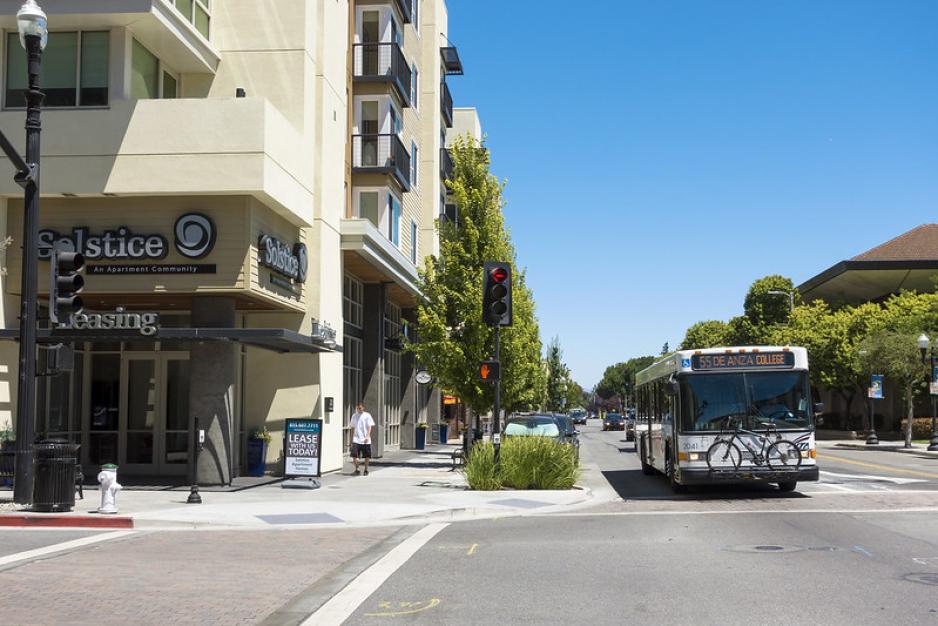Expanding public and private transit services and transit-supportive land uses helps to support transportation demand management (TDM) and reduce single occupant vehicle (SOV) use, especially during peak travel times.
Strategies include:
- Create transit-oriented development along existing and proposed transit stations and routes by creating dense, walkable, mixed-use communities that promotes transit use and reduces car-dependence.
- Employ use of commuter shuttles, such as vanpooling or corporate shuttles, to expand access to transit, reduce vehicle miles travelled (VMT), and minimize environmental impact.
- Utilize transit incentives to increase public transportation use such as employer-provided subsidies, reimbursements, partial payments, or pre-tax deductions.
Body
